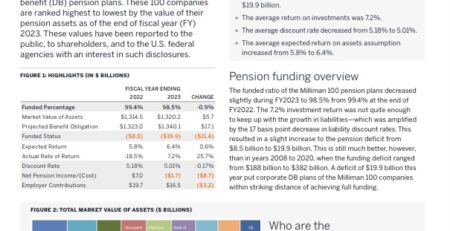Progress and Challenges of Nonfinancial Defined Contribution Pension Schemes
The aim of this anthology is to provide new contributions to the collective knowledge of the issues and challenges of designing mandated and earnings-related universal public pension schemes (UPPS), in which a universal public nonfinancial defined contribution (NDC) scheme is one of four design options.
In 1994, Nonfinancial Defined Contribution (NDC) Pension Schemes left the crib and was taking its first steps in Sweden, Italy, and Latvia. A couple of years later a fourth sibling was born in Poland, with Norway eventually following in 2009. NDCs were born at a time when the academic and policy discourse was framed in terms of “public pay-as-you-go” versus “private funded,” and all pay-as-you-go schemes were classified under what are now called universal public nonfinancial defined benefit (NDB) schemes.
At the time, mandated and earnings-related financial defined contribution (FDC) and financial defined benefit (FDB) schemes (that is, the so-called funded schemes) were also moving into the sphere of UPPS, with Chile’s 1980–81 reform usually recognized as the first UPPS of this kind. Despite this, in the public pay-as-you-go domain, policy makers worked solely on NDB schemes until NDCs emerged in the mid-1990s.
In the world of NDB public pension schemes, the focus is on defining the conditions to be met for receiving a certain benefit. Obviously, the possible macroeconomic outcomes for a specified set of assumptions for the future development of important economic and demographic parameters of all public pension schemes are regularly evaluated. However, not until the arrival of NDCs was attention paid to the role of systematic design in creating long-term financial resilience.
Neither was the mission of the public pension scheme crystal clear. In the public rhetoric and minds of people, public social security was a tax transfer system. In fact, an NDC is a working-life savings scheme with the sole purpose of providing universal longevity insurance to the whole population. All working-age individuals pay the same percentage of their earnings into an individual account that earns an economic rate of return. At a chosen age of retirement, the balance on the individual account is transformed into a life annuity, determined by the average life expectancy of the individual’s birth cohort at the individual’s chosen age of retirement. The paradigm change is that this is an insurance scheme for all, based on nothing other than the principles of insurance for accumulation, annuity determination, and benefit disbursement.
Read the complete book here











